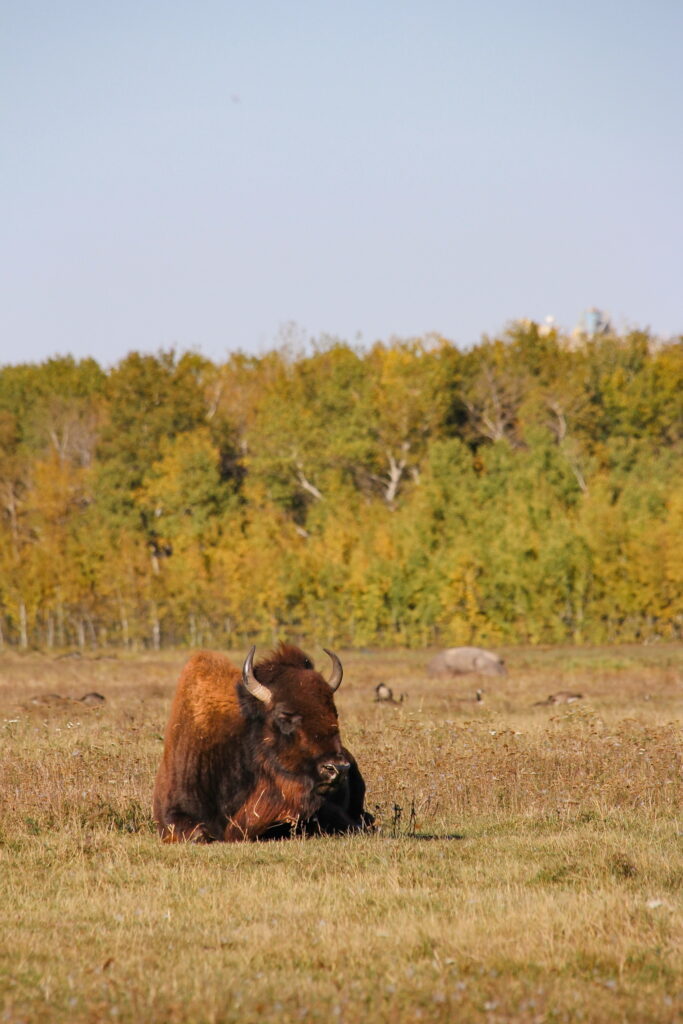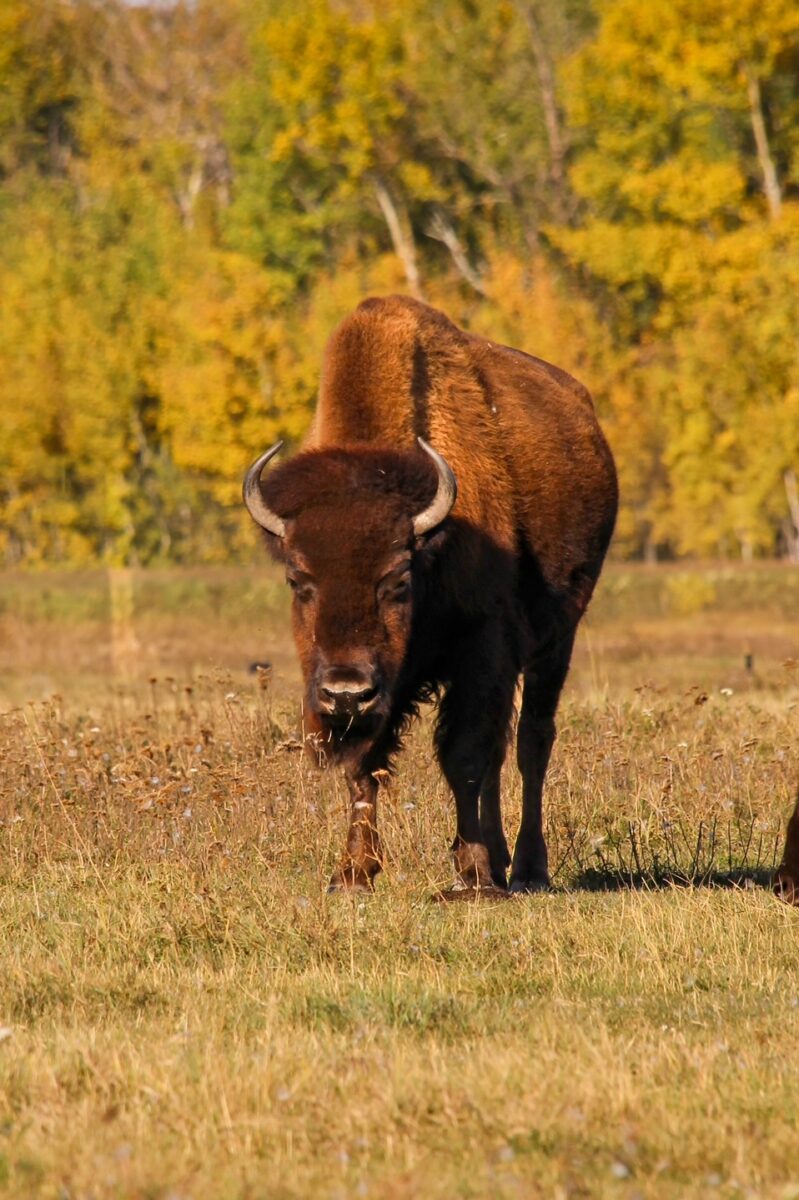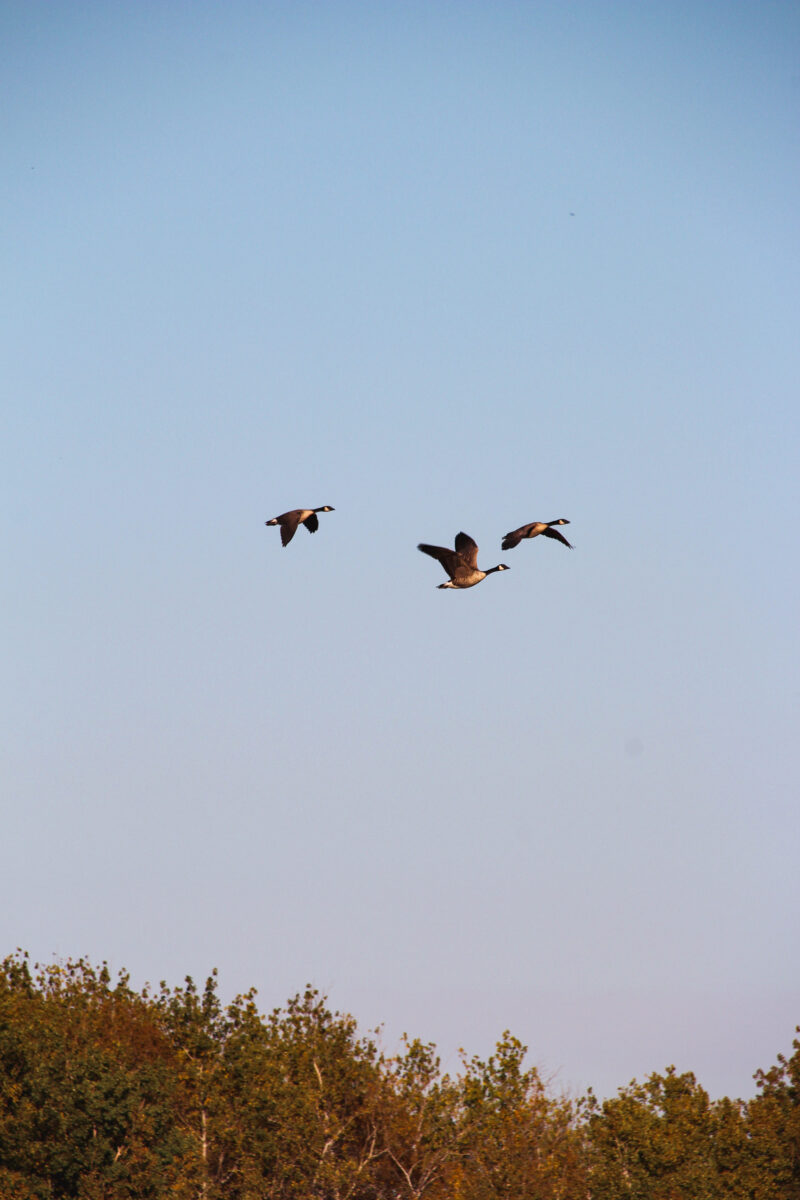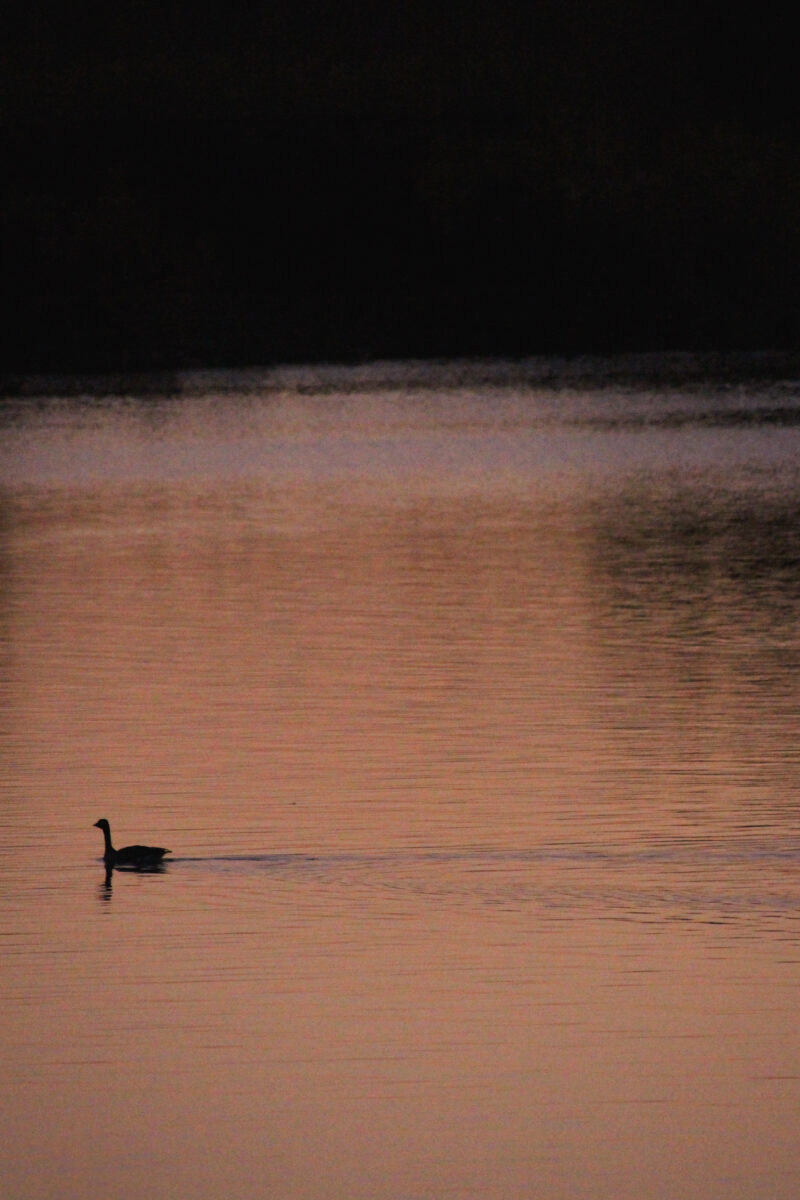- | Nearctic
A Journey Into Manitoba’s Wild Heart
A discovery of Canada’s Boreal treasures, their buried histories, and innovative conservation efforts in Manitoba

© Copyright 2024 Aliya Jasmine
Manitoba, in the winter, is not for the faint of heart. The Winnipeg wind has a reputation of chilling the skin in ways only the Canadian Prairies can teach you. So imagine my surprise when my October trip to Manitoba was sunny, and even borderline warm. Golden hues painted along tall grass across a land that pulses with history.
As an environmental journalist that sits on the Board of Directors for Nature United, the Canadian arm of The Nature Conservancy, learning about the Indigenous-led conservation programs happening in Boreal Manitoba was an opportunity I would have taken come sun or snow. Nature United has been working in Boreal Manitoba for 8 years, they describe it as an “ecologically, economic, and culturally significant landscape” where an active push is currently happening to protect land and waters that will support both nature and people. One of the most significant ways the organization has been doing this is by collaborating with Indigenous communities to develop partnerships that balance protection with sustainable management, creating transformative solutions to secure significant funding for Indigenous-led conservation efforts. This is important for any conservation work in Canada of course, but significant in this region for two reasons that stood out to me:
- the largest Indigenous population in Canada resides in Manitoba,
- Manitoba is the literal, geographic center of the country. And thus, a metaphoric equivalent of the symbolic heart of a nation.
While we learned of many incredible initiatives, one that really stood out to me was the Moose Management program. Moose populations are suspected to be declining across the Boreal but there isn’t any scientific evidence yet – which impacts hunting licenses and conservation efforts. Nature United is involved in facilitating ways Indigenous Nations can lead on data collection of moose populations, which would then lead to opportunities for Indigenous Nations to make legal decisions on moose policy. Essentially, giving these nations back control of their land by protecting it. But moose aren’t the only native animal species whose journey pulled on my heart strings, the Bison has also left an imprint on my wild heart.

© Copyright 2024 Aliya Jasmine

© Copyright 2024 Aliya Jasmine
Bison once roamed the prairie ecosystem in staggering numbers: Millions strong at their peak, destructively reduced to only a few hundred. Losing bison on these lands has had a major impact on the balance of this environment – Bison were once nature’s landscapers, grazing (and pooping) in ways that keep grasslands healthy and vibrant. Their hoofprints even help aerate the soil. But the story is deeper than just ecology. For Indigenous communities in Manitoba, bison are not merely animals; they are cultural and spiritual icons. For centuries, bison provided everything from food to tools to shelter. Every part of the animal was utilized: the meat for food, the hides for clothing and shelter, the bones for tools, and even the tendons for thread. In many ways the Bison themselves were a supermarket, a hardware store, and a pharmacy.
One of the many dark chapters in Canada’s history includes how Governments made a concerted effort in the late 1800’s to kill off bison populations in a cruel attempt to weaken the Indigenous population who relied on them. Essentially: exterminate the bison = extermination of First Nations communities and their cultural history. There are now attempts to restore these bison populations.
Understanding this history is crucial to being able to create strategic conservation plans that benefit not only Manitoba’s land and wildlife, but also the stewards of these lands and people who have been historically impacted by horrifying environmental decisions and racist practices. To learn more about – and/or support – the scope of work that Nature United is doing alongside Indigenous Nations and communities on Manitoba, click here.


© Copyright 2024 Aliya Jasmine
